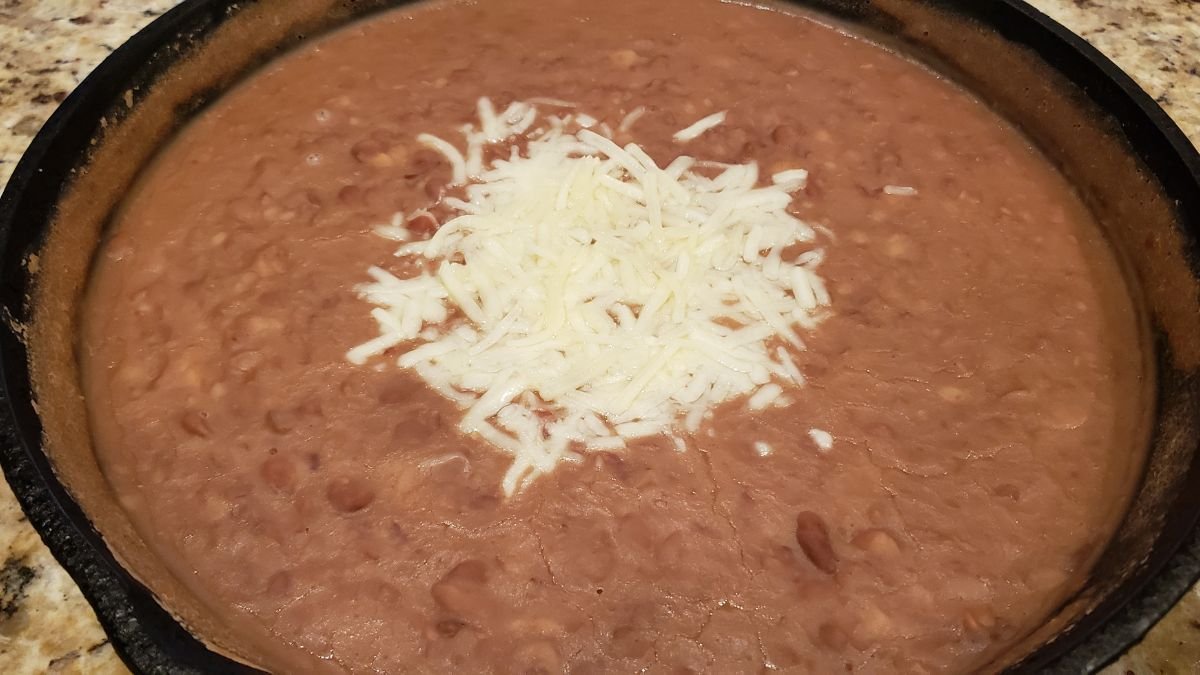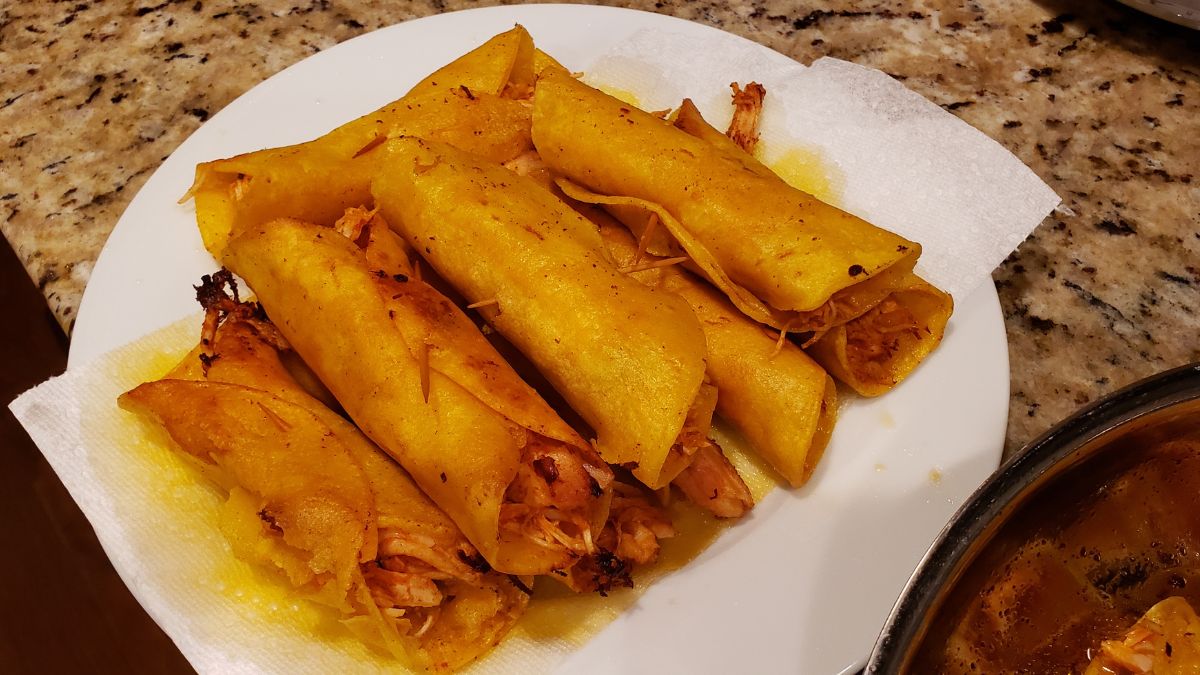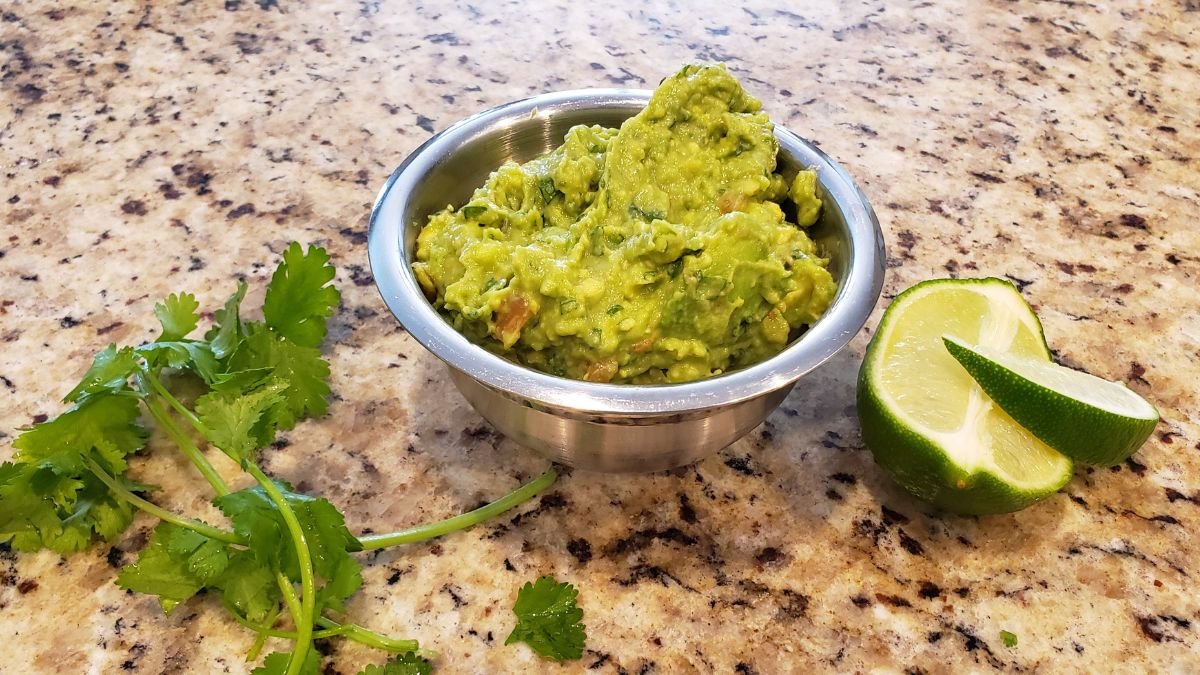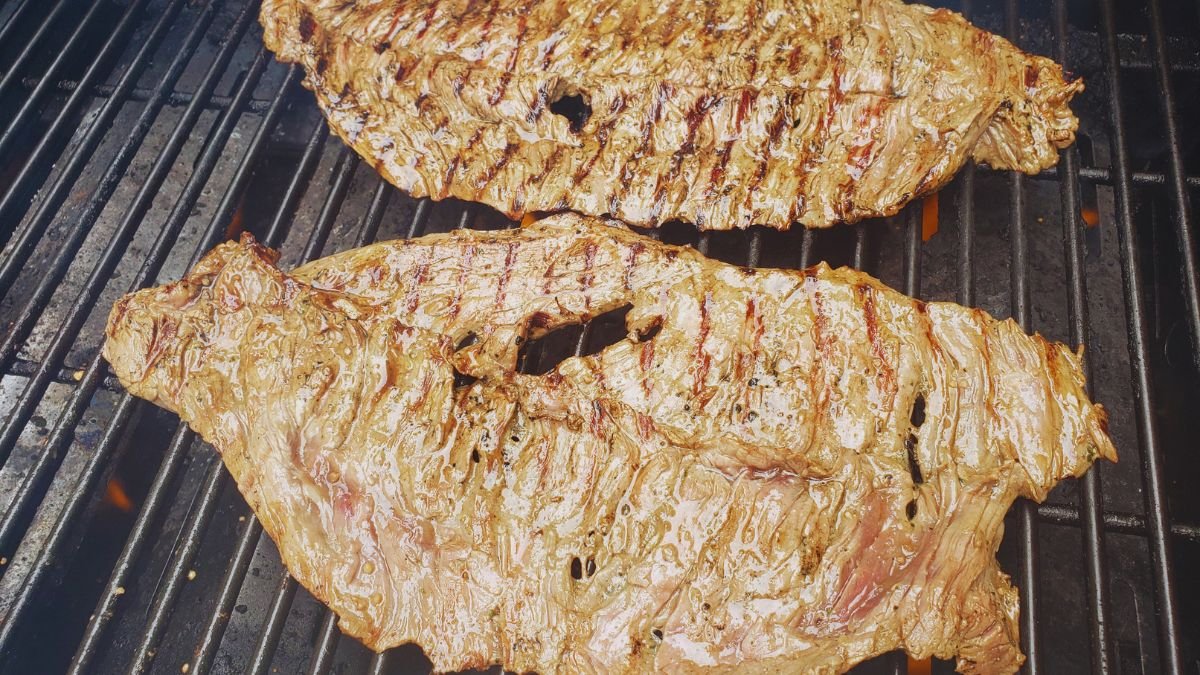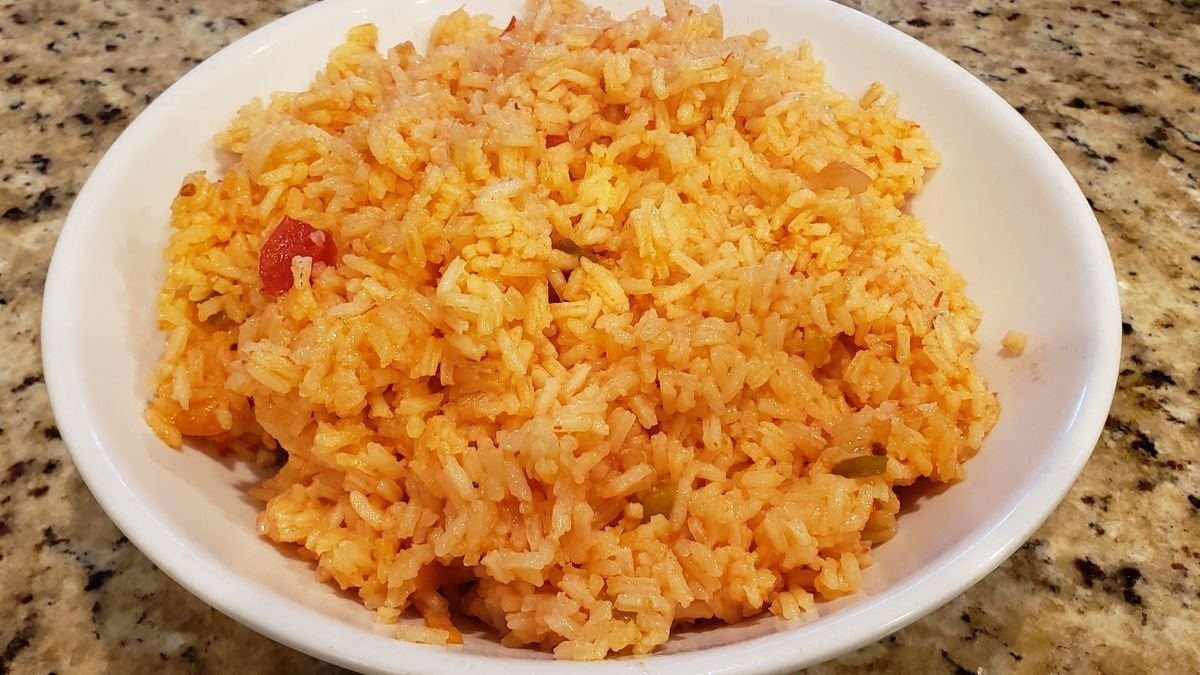Introduction
Cinco de Mayo is a celebration of resilience, cultural pride, and community, marked by vibrant traditions and delicious flavors. Commemorating Mexico’s victory at the Battle of Puebla, this holiday has grown into a festive occasion, especially in the United States, where it brings people together to honor heritage and history. From savoring authentic Mexican cuisine to enjoying creative culinary twists, Cinco de Mayo offers a joyous opportunity to celebrate life, unity, and the rich tapestry of culture.
The History of Cinco de Mayo
Cinco de Mayo marks the victory of Mexican forces over the French army at the Battle of Puebla on May 5, 1862. Despite being vastly outnumbered, the Mexican army, led by General Ignacio Zaragoza, triumphed in a battle that became a symbol of resistance and national pride. While the holiday is not widely celebrated in Mexico beyond the state of Puebla, its significance resonates deeply with Mexican-Americans in the United States.
Did you know that the French intervention in Mexico aimed to establish a European monarchy in the Americas? The victory at Puebla disrupted those plans, though only temporarily. Today, Cinco de Mayo stands as a celebration of courage and cultural heritage.
Why Cinco de Mayo Is Popular in the U.S.
In the United States, Cinco de Mayo has evolved into a celebration of Mexican-American culture and heritage. Its growing popularity can be traced back to the Chicano civil rights movement in the 1960s when the holiday became a symbol of pride and solidarity. Over time, it has become a day to honor Mexican contributions to American society, from art and music to culinary traditions.
Beyond its cultural roots, Cinco de Mayo has also gained traction as a day of festivity. With parades, community events, and gatherings that feature vibrant music and delicious food, it resonates with Americans’ love for communal celebrations. The holiday’s alignment with springtime also makes it a perfect excuse to enjoy outdoor parties and fresh, zesty flavors.
Food Traditions of Cinco de Mayo
Food plays a starring role in Cinco de Mayo celebrations, with dishes that highlight the rich culinary traditions of Mexico. Classic staples include mole poblano, a rich and flavorful sauce often served over chicken, and tacos al pastor, a street food favorite made with marinated pork. These dishes are not only delicious but also tell a story of cultural influences, from indigenous ingredients like chili peppers and corn to European additions like cheese and bread.
Regional variations abound, from Puebla’s iconic chalupas to Yucatán’s cochinita pibil. These dishes reflect Mexico’s diverse culinary landscape, offering a taste of the country’s history and heritage.
Current Food Trends for Cinco de Mayo
In recent years, Cinco de Mayo menus have seen a modern makeover, blending tradition with creativity. For instance, taco charcuterie boards have become a trendy centerpiece, featuring an array of tortillas, meats, and toppings for guests to assemble their perfect taco. Likewise, Mexican-inspired cocktails like spicy margaritas or mezcal-based drinks are redefining the beverage scene.
Plant-based alternatives have also found their way into the celebration, with dishes like jackfruit tacos and vegan queso gaining popularity. Social media has played a role in amplifying these trends, making Cinco de Mayo a visual feast of colorful dishes and creative plating.
Tips for Hosting a Memorable Cinco de Mayo Celebration
Hosting a Cinco de Mayo party? Here are some tips to make it unforgettable:
- Set the Scene: Decorate with vibrant colors, papel picado banners, and traditional music to create a festive atmosphere.
- Plan the Menu: Include crowd-pleasing favorites like tacos, guacamole, and churros, along with a mix of traditional and modern dishes.
- Offer Variety: Cater to dietary preferences with vegetarian, gluten-free, and kid-friendly options.
- Interactive Stations: Set up DIY taco or nacho bars where guests can customize their plates.
- Engage Your Guests: Incorporate games like a piñata or trivia about Cinco de Mayo to keep everyone entertained.
Recipes to Elevate Your Cinco de Mayo Table
Bring the flavors of Cinco de Mayo to life with these recipes:
- Authentic Guacamole: A simple yet essential dip made with ripe avocados, lime, and cilantro.
- Chicken Tinga Tacos: Smoky and savory shredded chicken served on warm tortillas.
- Elote (Mexican Street Corn): Grilled corn on the cob slathered with mayo, cheese, and chili powder.
- Churros with Chocolate Sauce: A sweet ending to your celebration, these crispy treats are irresistible.
Explore our full recipe collection for more ideas to make your Cinco de Mayo feast both delicious and memorable.
Bringing It All Together: The Spirit of Cinco de Mayo
Cinco de Mayo is a day to celebrate resilience, culture, and connection. Whether you’re honoring the historical significance of the holiday or simply enjoying the vibrant flavors of Mexican cuisine, it’s a chance to come together with loved ones and create lasting memories.
What are your favorite ways to celebrate Cinco de Mayo? Share your traditions in the comments below, and don’t forget to explore our recipes to bring the spirit of the holiday to your table. ¡Feliz Cinco de Mayo!
Discover more from In The Kitchen With Vic
Subscribe to get the latest posts sent to your email.


